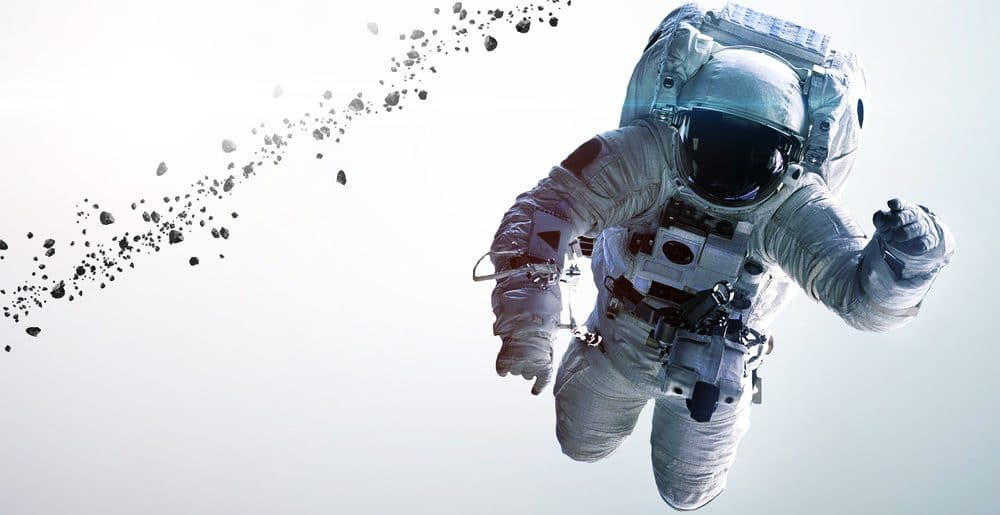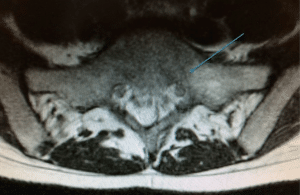
Space travel is a dream for many – to travel the stars, see an alien sunrise on an alien landscape and explore the final frontier. We, as humans, have only begun our journey into the cosmic abyss and astronauts are still ironing out the wrinkles. One area that we have little understanding of is the effects of micro/zero-gravity on the body and its ability to adapt and survive in space.
This knowledge is crucial to the continuation of space exploration. In the future, it is likely we will have people who will spend the majority of their lives in space, so it is important that we understand the limitation of our bodies. To gain enough information, NASA and Roscosmos continually collect data while their astronauts are in space and when they immediately come back to Earth. With this information, we can best equip the future generation for the harshness of space travel.
Height Gain, More Pain
Once an astronaut returns to Earth, a common observation is that their height will have increased – some by nearly 2 inches. This occurrence increased in recent years, as prolonged space flights are becoming more common. Because microgravity eliminates the body’s weight, it flattens the spine – increasing an astronaut’s height. This is known as spinal unloading.
While a height increase may sound beneficial, it is reversed within weeks upon return. On top of that, spinal unloading is usually accompanied with lower back pain – around 70% of astronauts experience back pain while in space. Upon return to Earth, 50% of astronauts experience severe back pain and are 4 times more likely to suffer a herniated disc compared to the rest of the population.
It is this correlation of spinal unloading and back pain that has been the focus of a new study by NASA. It analyses the effects of prolonged space travel and its effects on lumbar spinal strength and lower back pain.
MRI scans were conducted before and after astronauts spent 4 to 7 months in microgravity on the International Space Station. It found that the pain that many astronauts experience is due to the atrophy (wasting away) of the muscle of the lower back. The lumbar paraspinal muscles (PSM) provide posture stability and support upper body movement.
The study revealed that lumbar PSM decreased by 19% from MRI scans completed pre-flight and post-flight. Because of the lack of gravity, the astronauts saw a decrease in muscle as they did not have to use the muscles for common motions, such as bending or walking.
Another fascinating result was that, after a recovery period of 6 weeks, only 68% of their losses were restored.
This study appears to contradict a previous theory on the cause of back pain. NASA scientists thought that the change in height of the intervertebral discs was the cause of pain. But this study found no change in their height – baffling scientists.
What Does This Mean for Future Space Missions?
With the aim of reaching Mars before 2030, finding out how humans react to prolonged space flight is important. With a journey time of 4-6 months and Mars’s gravity only 38% that of Earth, there is a risk that astronauts may experience back pain during the journey and upon arrival. This will deflate the expectations of a triumphant achievement while causing jeopardy to the mission and to the astronauts’ lives.
There is now research into how to keep the PSM, among other muscles, active and strong during such a long period of weightlessness. On the International Space Station, astronauts already exercise 2-3 hours per day through a mixture of treadmills and resistance training. Reacting to this study, scientists believe there should be a core-strengthening program that focuses on the spine in addition to their current exercise regime.
Some scientists are suggesting yoga to counteract the effects of in-flight PSM atrophy. However, it is not known how yoga exercises will perform in microgravity as many of the positions, such as the downward dog, requires gravity to provide resistance.
While technology is improving and is able to traverse space, humans have a lot of catching up to do. Technology to get to Mars is already available and the thing stopping us is now our bodies. Until we figure out how to adapt to the extreme environments, humans are not going anywhere anytime soon.
For more orthopaedic news, follow London Bridge Orthopaedics on Facebook, Twitter and LinkedIn.









